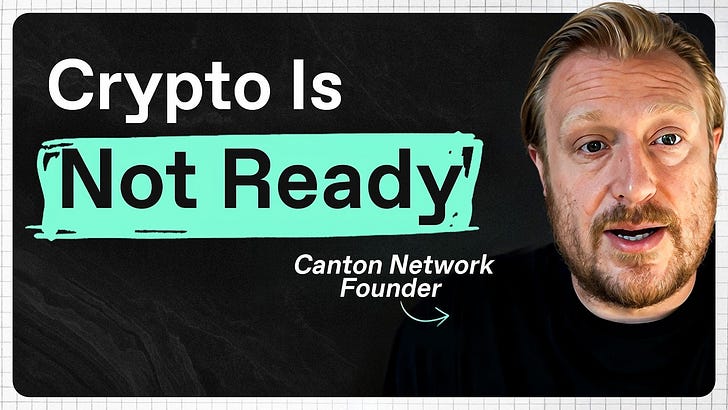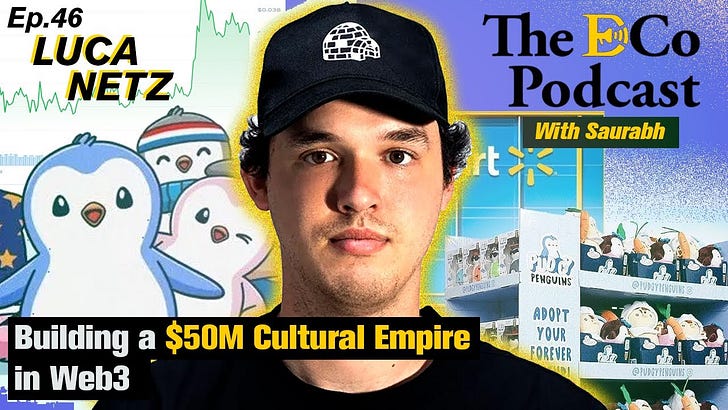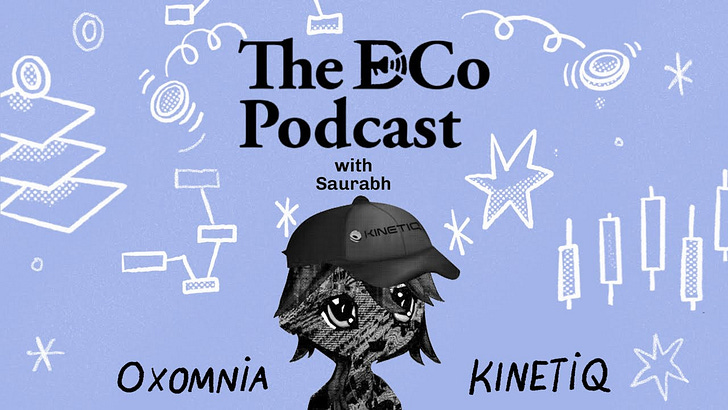Last week, we released the story of Andre Cronje, a developer who fought his way through overreaching regulations and built a 98% more data-efficient chain to rekindle DeFi. If you are wading through choppy waters and want someone to help you row, we are here to help.
Hello,
Let me put it this way. If you have tried to bridge stablecoins from new or obscure chains and ended up rage-quitting halfway through, you’ve felt the problem already. It’s not just the UX. There is a structural flaw in the way we’ve designed these things. We hope stablecoins will become the vehicle for real-world money movement, but the pipes carrying them are broken.
Stablecoins have ballooned into a $230 billion market. But beneath this impressive growth lies a chaotic infrastructure crisis. Today's liquidity remains fragmented across isolated pools, duplicated efforts, and hundreds of scattered venues. It is a market structure no architect would intentionally design.
In today’s episode, I spoke with Jay Kurahashi-Sofue (CMO) and Ryne Saxe (CEO) from Eco, who are tackling what might be crypto's critical infrastructure flaw hiding in plain sight, ripe for disruption. They're building an intelligent liquidity layer that coordinates stablecoin capital across the entire ecosystem.
Eco addresses the problem of widespread fragmentation. USDC/USDT pools exist redundantly across dozens of platforms, creating inefficient capital allocation that affects everyone in the ecosystem. This means higher user fees, failed swaps, unreliable applications, and billions of idle capital that could be put to serve demand.
Eco's "crowd liquidity" model stands at the centre of their solution. Imagine having $100 sitting in your wallet doing nothing. Eco lets you put that to work passively while keeping it instantly accessible, almost like giving your dollars a job between their next use. It's essentially LP-ing without impermanent loss.
The addressable market isn't just today's $230 billion but potentially a meaningful slice of the global money supply itself. Stablecoins are just beginning their journey from niche crypto instruments to mainstream financial infrastructure.
Tether and Circle showed that stablecoins have product-market fit. But the stablecoin story is far from over. If you want to be in this market, the spots to issue new stablecoins are taken. You can try, but with billions of dollars sitting in Tether’s treasury, the odds are stacked heavily against you. It makes far more sense to carve out a new niche that ensures liquidity is available wherever it’s needed, without users having to do the bridging dance. I'm looking forward to seeing whether Eco can claim that spot.
Enjoy the episode!
Thinking about acquisitions in crypto,
Saurabh Deshpande











